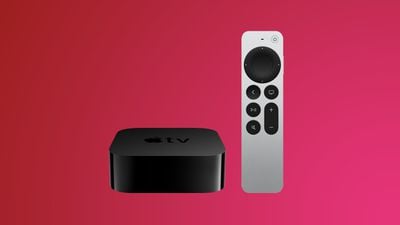3D printing enthusiasts may be interested in a new method is making waves among manufacturers and hobbyists alike. Known as stack 3D printing, this technique allows for the simultaneous creation of multiple objects, which can significantly boost efficiency and productivity in the production process. For those looking to adopt this method, it’s essential to grasp the nuances of the technology and apply the appropriate print settings to achieve the best results.
When setting up your 3D printer for stack printing, the configuration plays a pivotal role in the success of your prints. It is recommended to use three wall perimeters and a 15% infill to maintain the structural integrity of your objects. Moreover, employing the ironing technique is crucial for achieving a smooth top surface finish. This technique involves a heated nozzle that carefully smooths out the top layer, eliminating any imperfections and giving your object a professional look.
A key factor in stack 3D printing is the ability to separate the layers easily once the printing is complete. To facilitate this, maintaining a 0.2 mm gap between models is essential. This gap helps to avoid the use of supports, which can be difficult to remove and may damage the print. The strategic spacing not only makes the post-printing separation process easier but also enhances the overall quality of the final product.
Stack 3D printing tutorial
Learn more about stack 3D printing as well as the pros and cons of the process and how you can accomplish it on your own 3D printer thanks to the team over at Keep Making.
Here are some other articles you may find of interest on the subject of 3D printing, new technologies and fabrication:
Things to consider before using the stack 3D printing method
Despite meticulous setup, you might still face challenges with layers that do not separate easily. In such cases, a gentle prying technique can be employed, using a small tool like a nail or screw. This method requires a careful approach to prevent any damage to the printed items.
It’s important to consider the aesthetics of your final product. While the ironing technique ensures a smooth finish on one side, the other side may show a pattern, which is a distinctive characteristic of stack printing. This aspect should be kept in mind when planning the design of your objects.
The preparation of your printing files is a critical step that should not be overlooked. Design your files with the 0.2 mm layer gap in mind and optimize them for 0.2 mm layer height printing. This precision will allow the printer to accurately replicate the necessary gap, ensuring that the layers can be separated without any issues.
Stack 3D printing presents a powerful approach to producing multiple objects in a single print cycle. By adhering to the recommended print settings, ensuring proper layer separation, and carefully preparing your files, you can tap into the full potential of this advanced printing method. Engaging with the 3D printing community will not only enhance your own skills but also help others in their quest to master stack printing. As this technology continues to develop, it opens up new possibilities for innovation and creativity in the field of 3D printing.
Image Credit : Keep Making
Filed Under: Guides, Top News
Latest togetherbe Deals
Disclosure: Some of our articles include affiliate links. If you buy something through one of these links, togetherbe may earn an affiliate commission. Learn about our Disclosure Policy.






